In which we learn to use the Tenkara rod
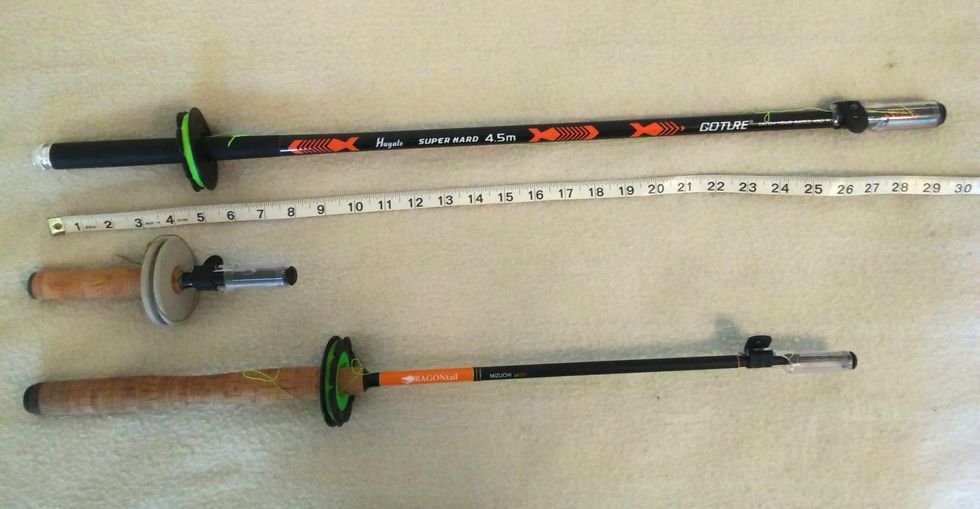
These three rods illustrate the range of fixed-line fishing options. The top is a heavy rod designed for carp fishing, and is almost 15 feet long when extended. The middle rod is very small at 5 feet when extended and barely 8 inches collapsed, making it literally pocket-sized. The bottom rod can be fished at lengths of about 8 feet, 9.5 feet and 11 feet.
Photo by Patrick L. Sullivan
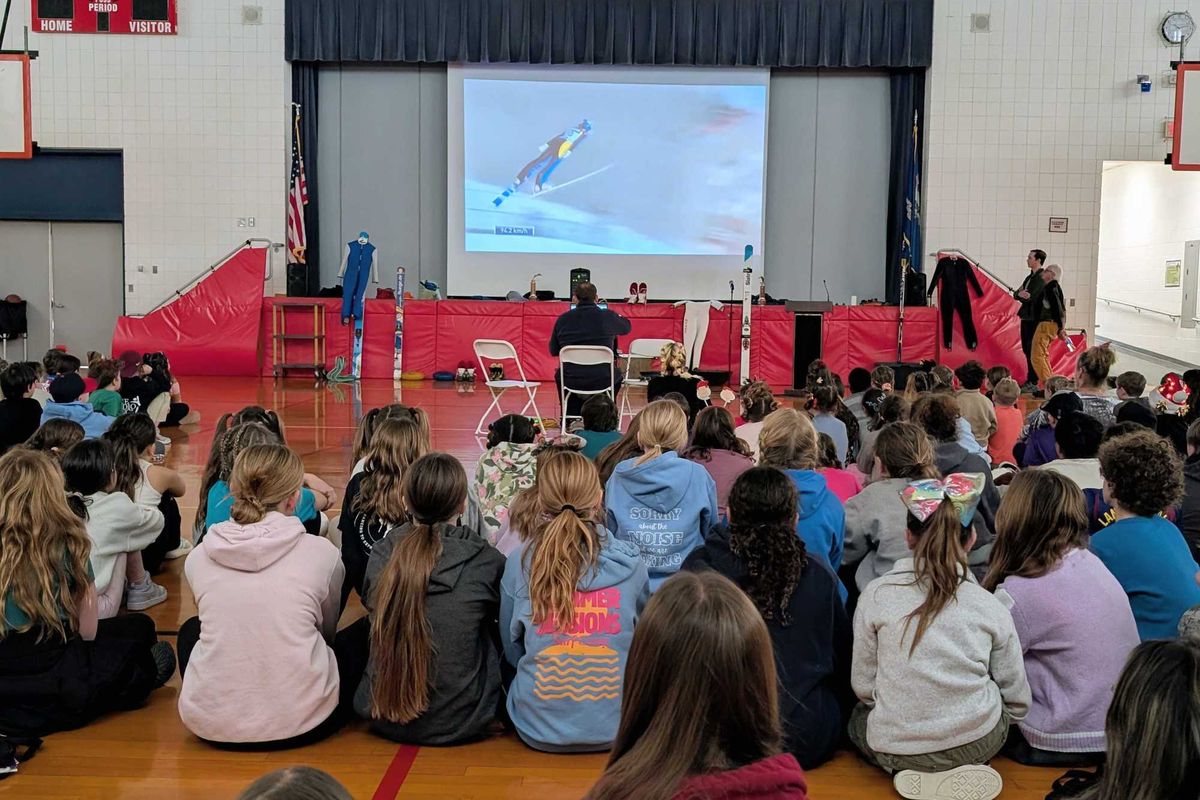
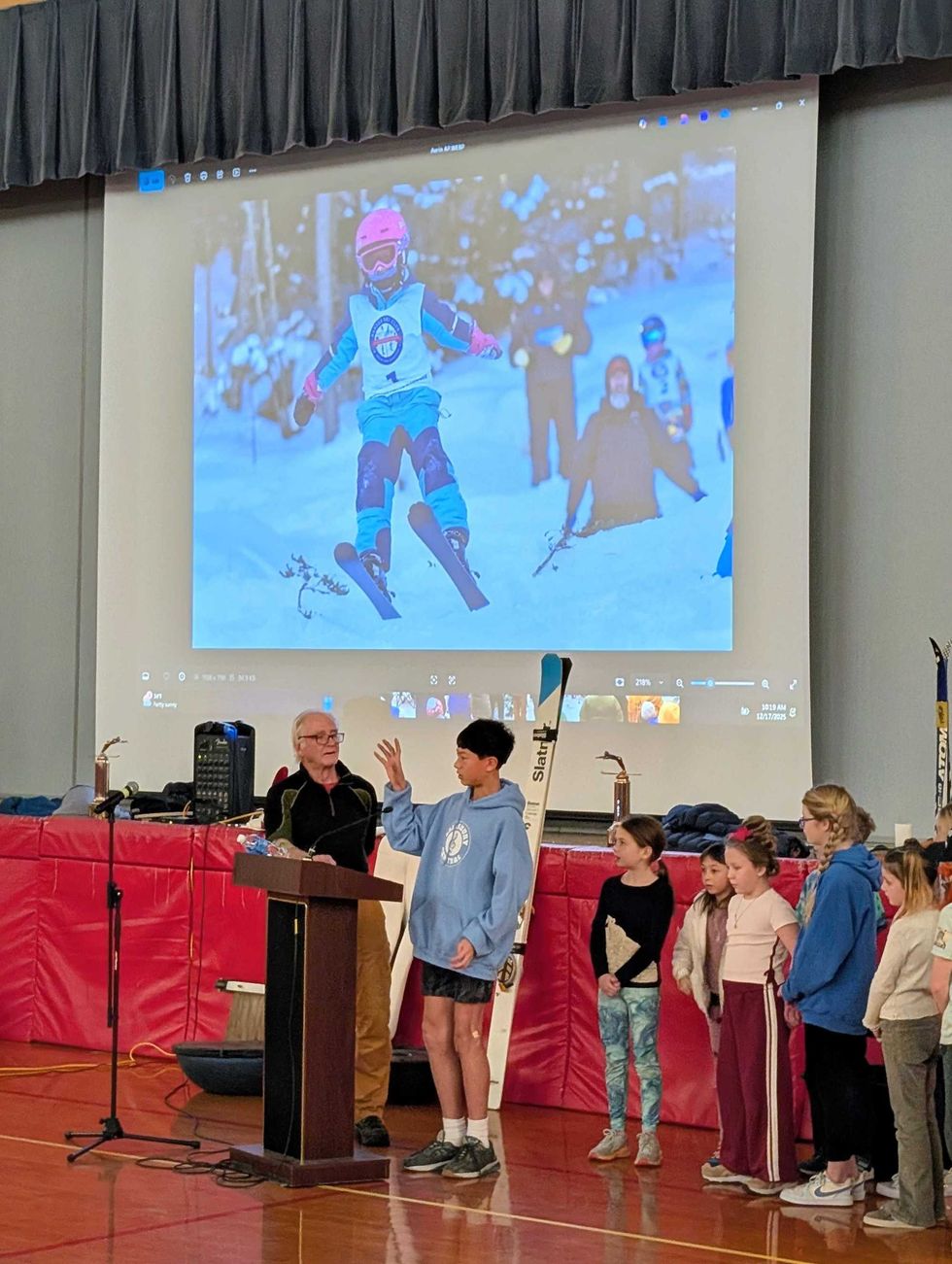 Students at the assembly with Salisbury Winter Sports Association on Dec. 17By Riley Klein
Students at the assembly with Salisbury Winter Sports Association on Dec. 17By Riley Klein 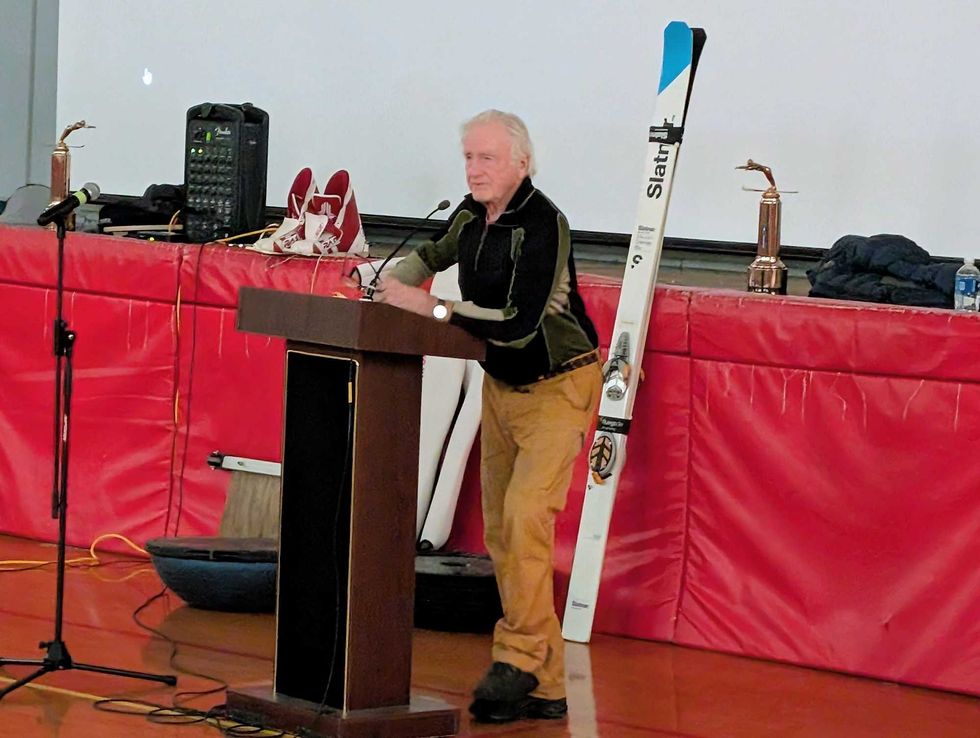 Former U.S. Olympic ski jumping coach Larry Stone, of Salisbury, led the assembly Dec. 17.By Riley Klein
Former U.S. Olympic ski jumping coach Larry Stone, of Salisbury, led the assembly Dec. 17.By Riley Klein 
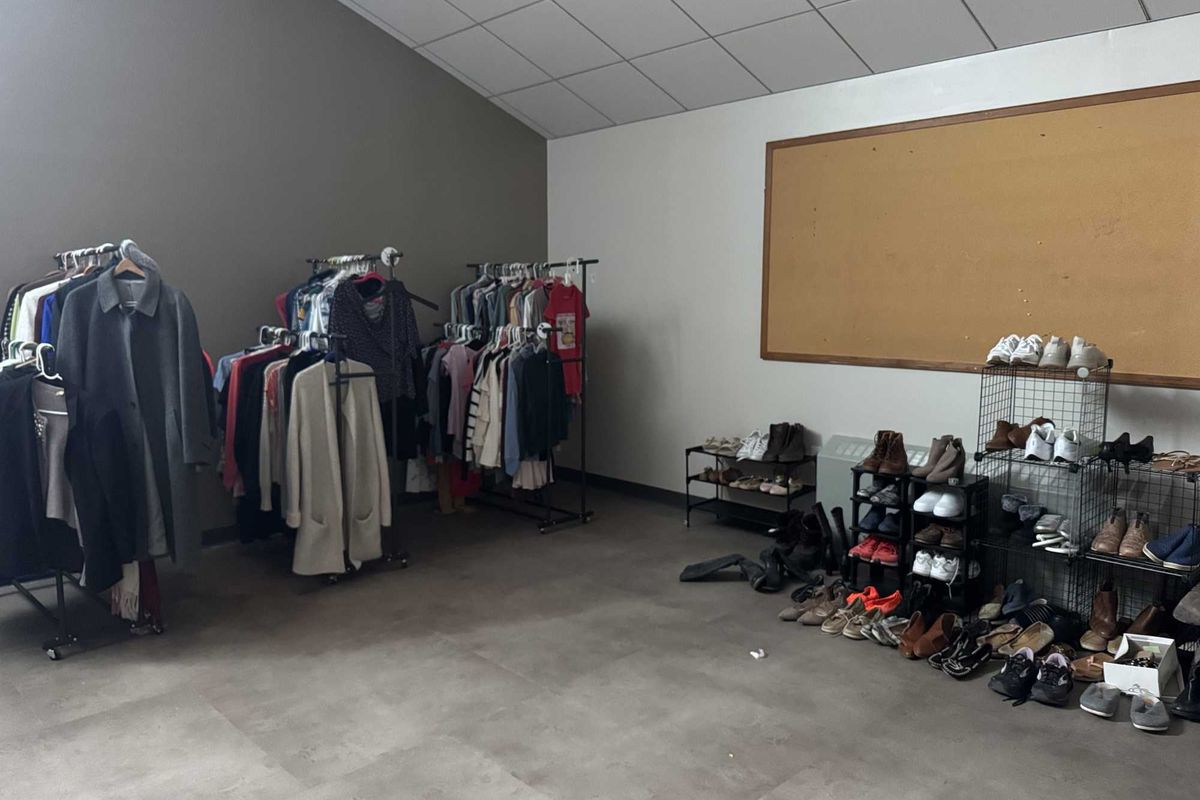

 The Housy Shack open sign, welcoming customers in for cookies.Anna Gillette
The Housy Shack open sign, welcoming customers in for cookies.Anna Gillette 




